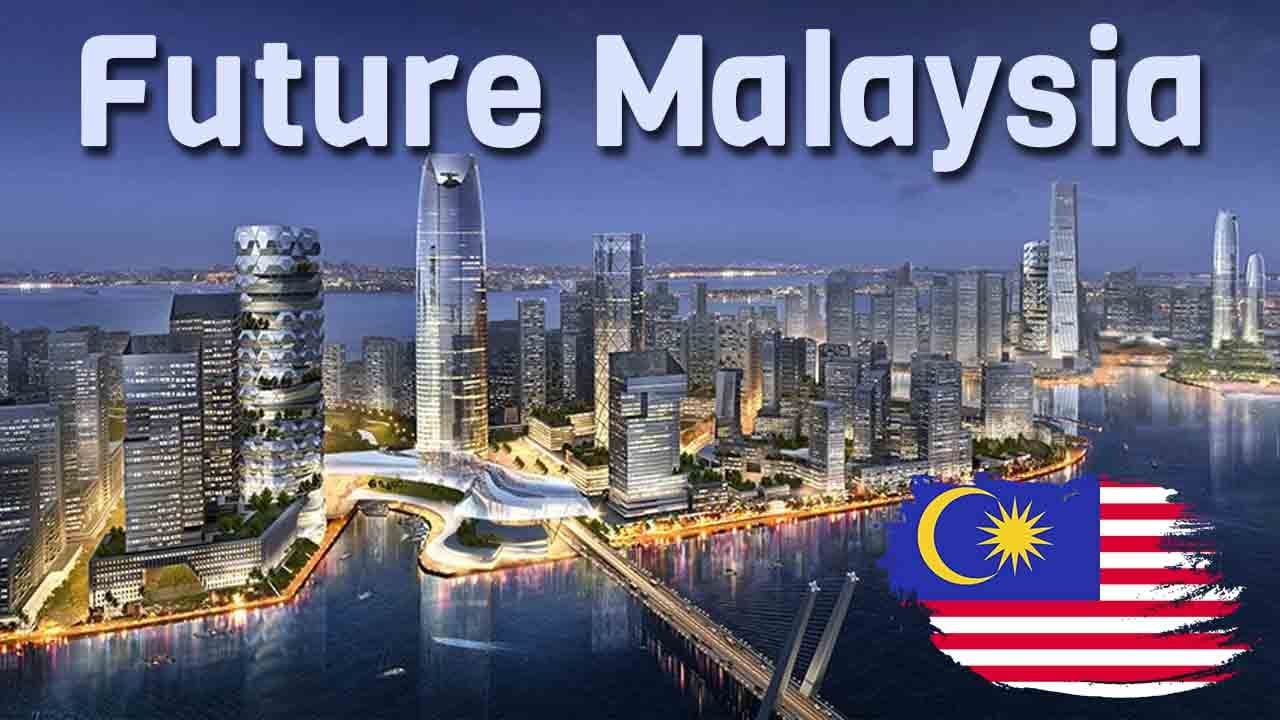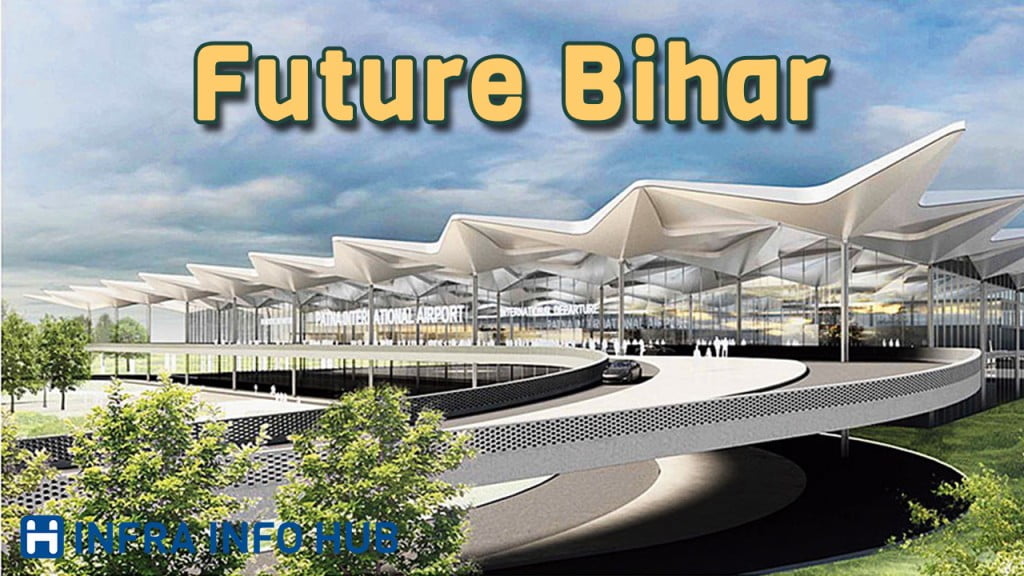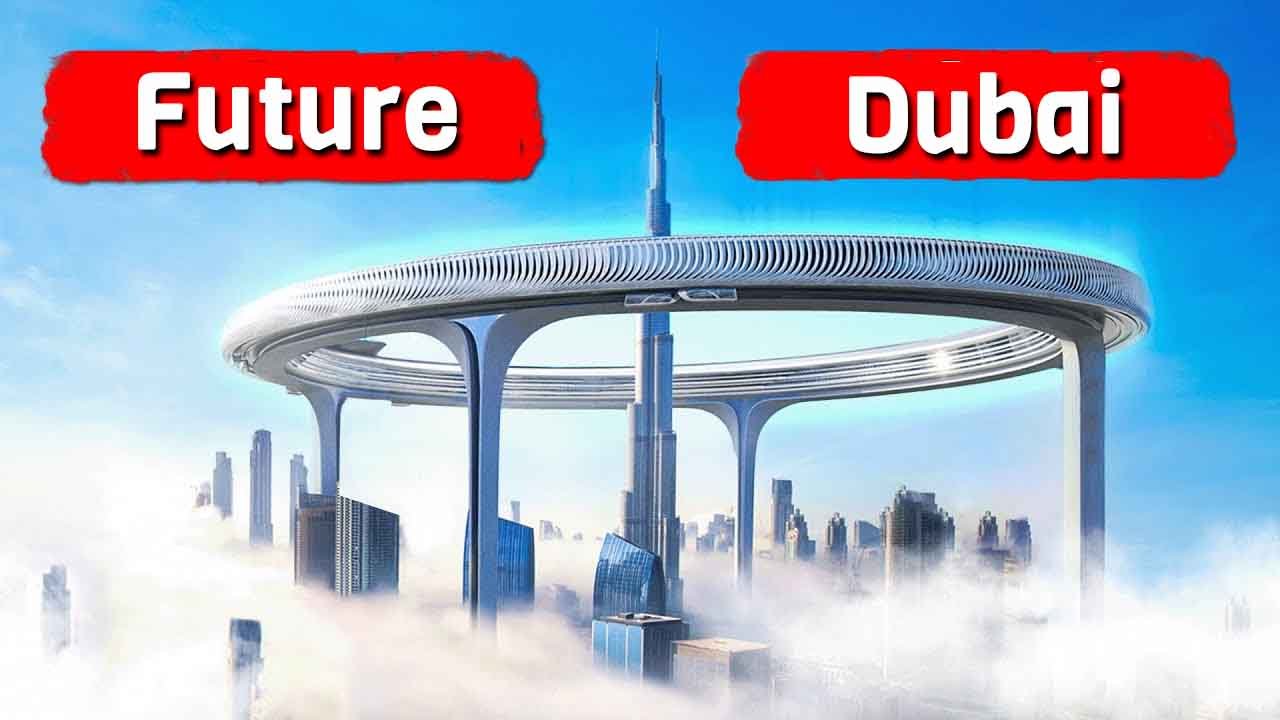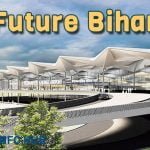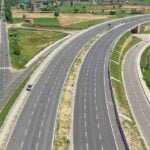A huge series of mega-projects is set to change Malaysia. Malaysia wants to modernize the country and boost its economy. Malaysia aims to make Malaysia stronger and more resilient by 2030.
These plans cover many areas, such as energy, finance, transport, and urban development. They are designed to help Malaysia grow and become more competitive globally.
In this article, we will discuss the top future and upcoming megaprojects of Malaysia in 2025.
Table of Contents
- 1 Top Upcoming Mega Projects in Malaysia 2025
- 1.1 1. Bandar Malaysia
- 1.2 2. Penang South Island
- 1.3 3. Forest City
- 1.4 4. Jendela
- 1.5 5. Tun Razak Exchange (TRX)
- 1.6 6. Kuala Lumpur–Singapore High-Speed Rail (HSR)
- 1.7 7. MRT Circle line
- 1.8 8. East Coast Rail Link Project
- 1.9 9. Nenggiri Hydroelectric Power Plant 300 MW
- 1.10 10. Petronas Pengerang Integrated Complex (PIC)
- 2 Vision 2030: Malaysia’s Growth Agenda
- 3 Conclusion
Top Upcoming Mega Projects in Malaysia 2025
1. Bandar Malaysia
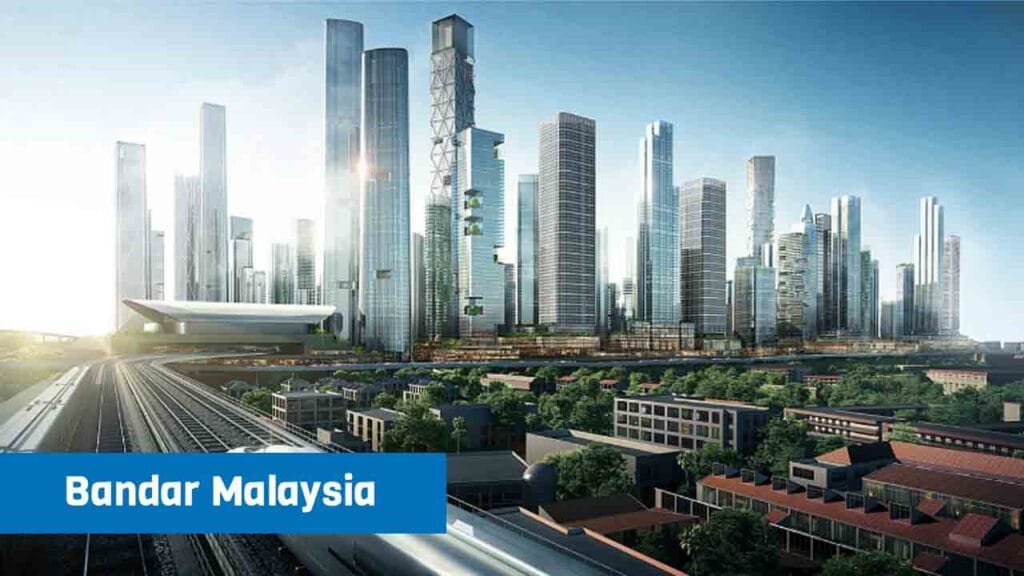
Bandar Malaysia is a big project in Kuala Lumpur, Malaysia. It’s set to be finished in 20 years on the old Sungai Besi Air Base site. It will be a key transport hub, connecting many transport systems.
It will link the Kuala Lumpur–Singapore High-Speed Rail, Mass Rapid Transit, and more. The project’s value will be over RM140 billion.
Bandar Malaysia is a big urban project in Kuala Lumpur. It will be a commercial and financial center with office towers, homes, and green spaces.
Its location near the city center is strategic. It will play a big role in the region’s economy.
2. Penang South Island
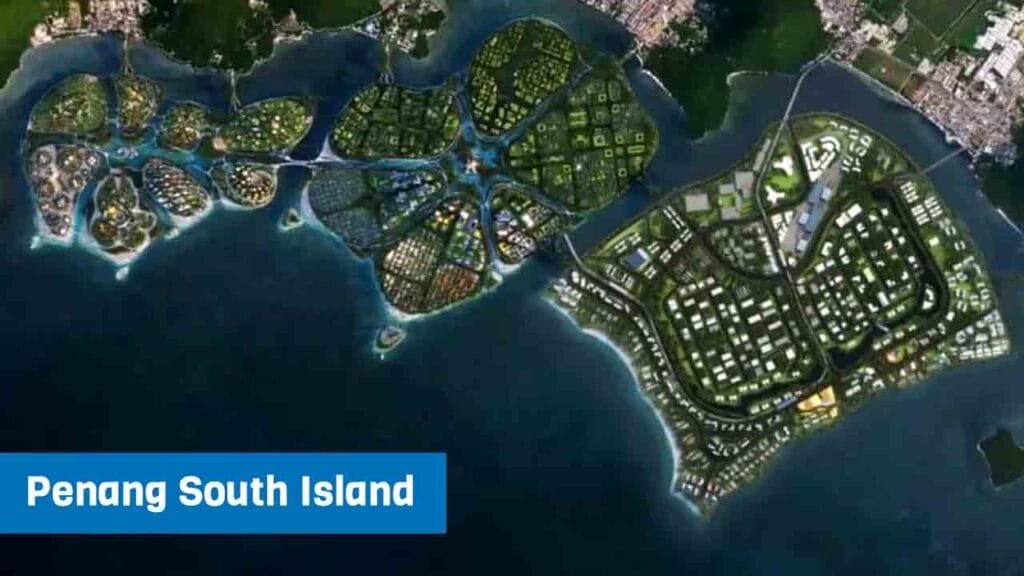
A trio of artificial islands worth $7 billion is called Penang South Island. It’s off the hot southern shore of Penang International Airport. This huge 4,500-acre project is as big as 76,000 Olympic-sized swimming pools. Penang South Island has everything. From smart tech parks to global business campuses, it’s a tourist hotspot. There are also recreational gardens and places to live.
This project is a leader in being green. The water flow is improved by dredging a channel. Silt curtains and containment buns protect marine life and water quality. The sand-filling is done carefully. The shoreline is becoming a marine oasis. Artificial coral reefs and mangroves are being added.
This project is good for the people of Penang, too. The local fishing community will thrive. There will be LRT stations, tourist jetties, and more. Four new jetties will have floating pontoons and storage areas. There will also be fish stalls, restaurants, and boat repair facilities. This will help their livelihoods.
Penang South Island is not just a development. It’s fighting climate change. It has green technology parks and lots of trees and water basins. It also has recreational areas and forest lands. This makes a big difference for the environment and health. So, get ready for an amazing adventure!
3. Forest City
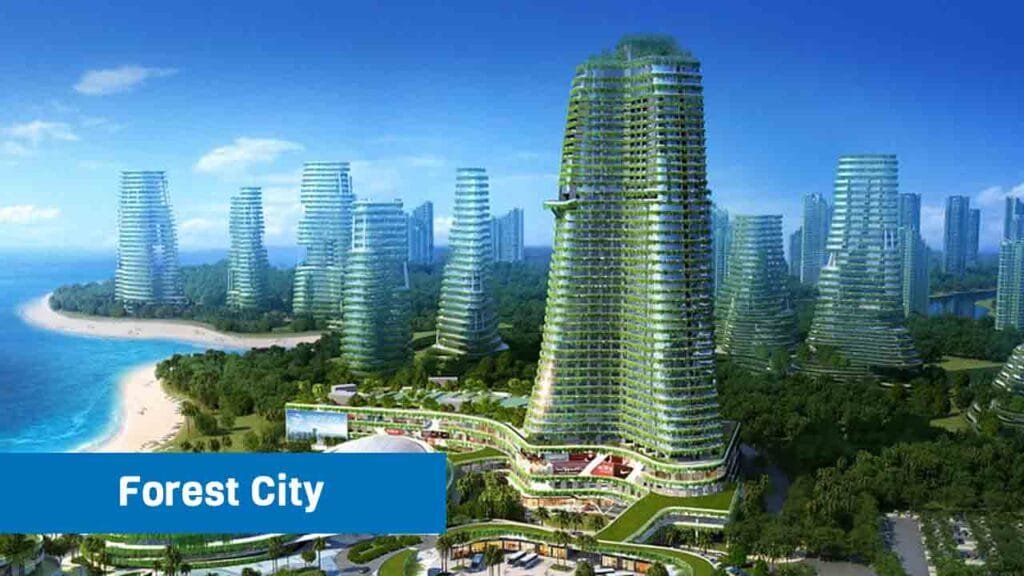
Forest City in Johor is a new urban area focused on being green. It’s built on reclaimed land and uses smart tech and sustainable design. It aims to attract people and companies from around the world, making it a hub of innovation.
4. Jendela
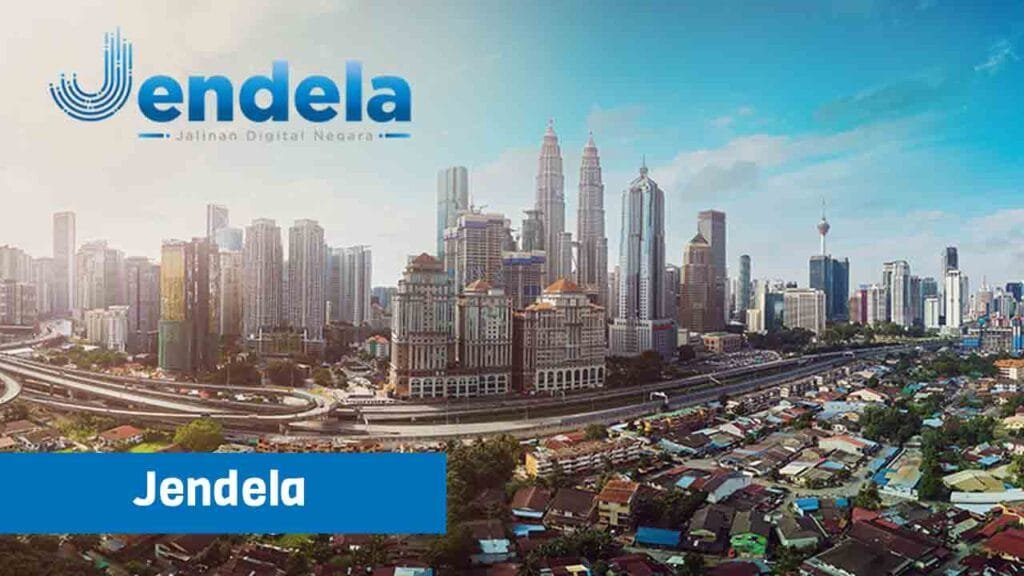
Jendela is a $21 billion plan to improve the country’s internet. It’s all about making broadband faster and ready for 5G. The goal is to make internet access better everywhere. Jendela will bring gigabit internet to over 1.2 million homes. It will also upgrade 12,000 3G sites to 4G. This means better internet wherever you are.
Even remote areas will get better mobile coverage. Jendela will add 200 new 4G sites nationwide. This will make mobile internet faster and more reliable. Jendela also aims to improve satellite connectivity. It will enhance it at 839 locations. This ensures even the farthest places are connected.
With the 3G network retiring, the spectrum will be used for 4G and 5G. This means faster speeds and 5G in major cities. Get ready for a fast internet future! With Jendela, expect better internet everywhere. It’s time to experience a connected future like never before!
5. Tun Razak Exchange (TRX)
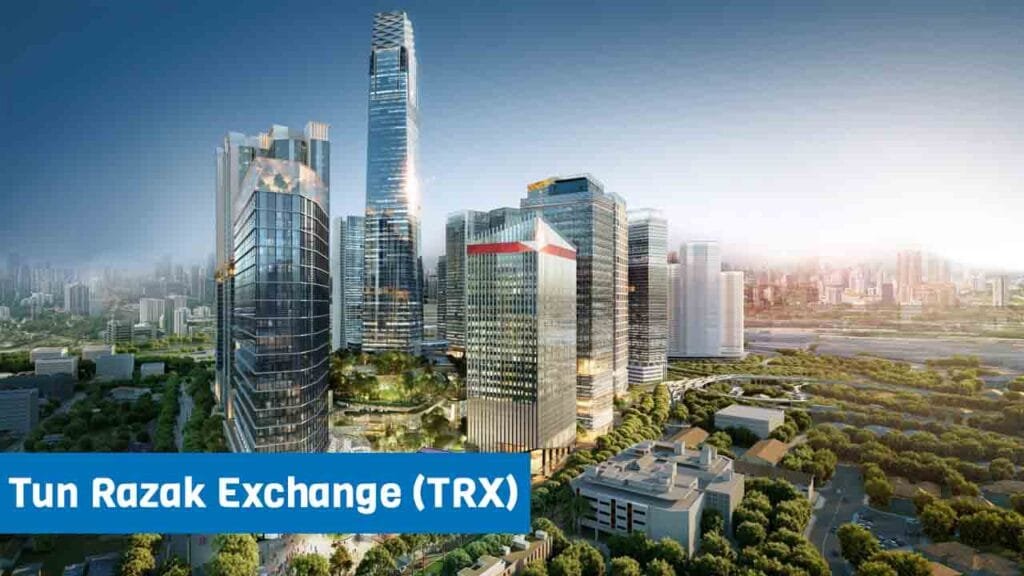
TRX is set to be Malaysia’s top financial district. It will have global banks, offices, and shops. It aims to make Kuala Lumpur a key financial center in Southeast Asia.
6. Kuala Lumpur–Singapore High-Speed Rail (HSR)
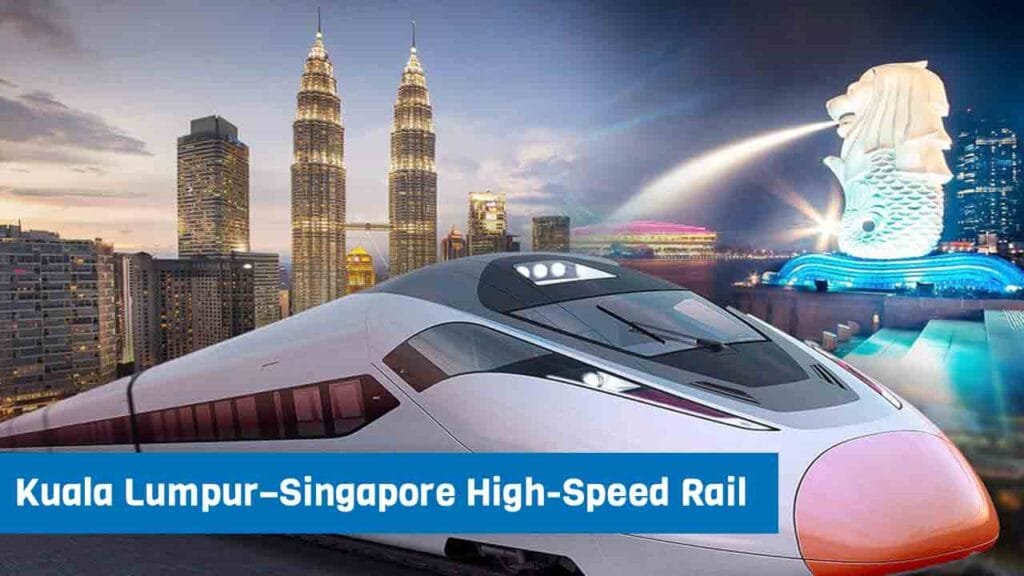
The Kuala Lumpur–Singapore High-Speed Rail is a groundbreaking project. It’s expected to cost $10 billion and change how we travel between Singapore and Johor.
In November 2020, work started on the Rapid Transit System Link. It will connect Bukit Chagar in Johor to Woodlands in Singapore. It will carry 10,000 passengers per hour in each direction.
This means no more traffic jams on the causeway. Just sit back and enjoy the ride!
The RTS Link will also boost southern Johor’s development. A new immigration, customs, and quarantine facility will be built. This will create 1,500 jobs during construction and operation.
Get ready for the RTS Link. It’s a journey you won’t want to miss! Passenger services will start in 2026.
7. MRT Circle line
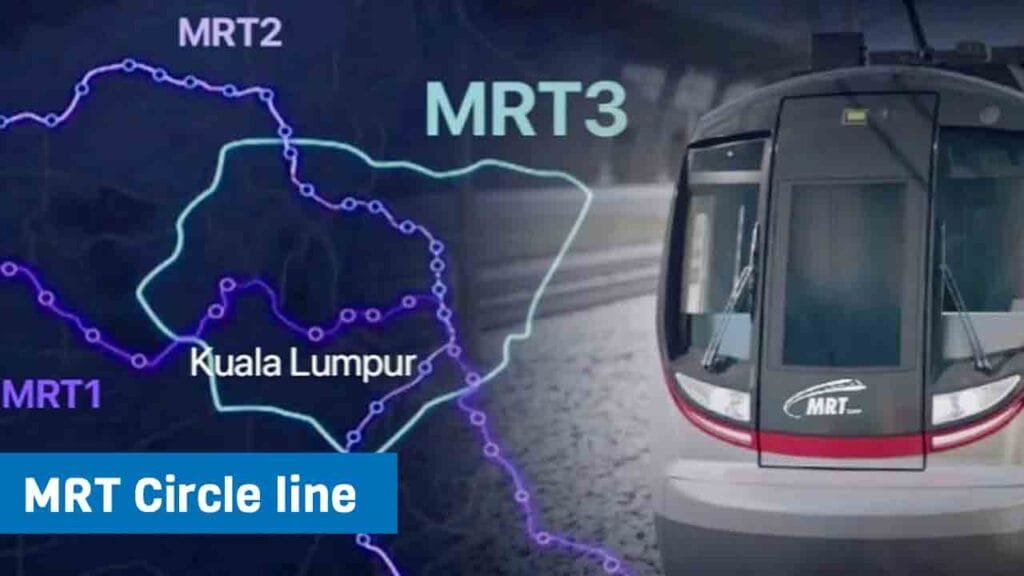
The MRT Circle Line is a $45 billion project. It will have 30 stops and 10 interchanges. It will take you around Kuala Lumpur, from Bukit Kiara to the University Malaya Medical Center and more.
This project will do more than just make travel easy. It will boost local talent’s tech skills, drive economic growth, and create thousands of jobs. It’s a hybrid project, with up to 30% private funding and the rest from the government.
The MRT Circle Line will use new technologies like the Industrialized Building System and Building Information Modeling. These methods are faster and more sustainable. Soon, you’ll get to your destination quickly, thanks to the MRT Circle Line’s seamless outer loop.
Goodbye to traffic jams and hello to convenient travel! The MRT Circle Line links all radial rail lines together.
8. East Coast Rail Link Project
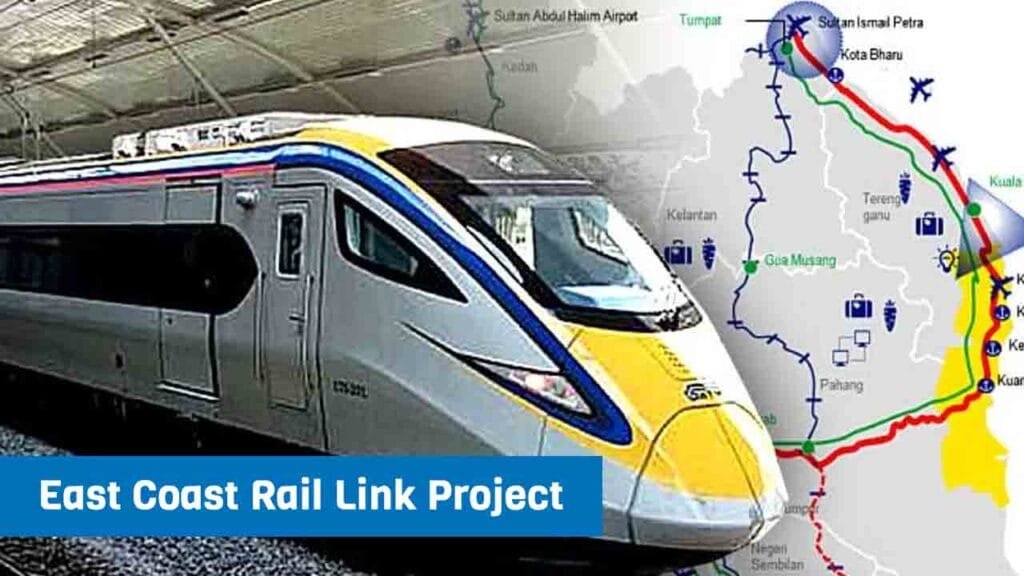
The East Coast Rail Link will cost 44 billion and cover 640 kilometers. It will connect the West Coast to the east, changing transportation forever. It’s set to finish by 2026.
Travel fast on the passenger train at 160 km/hr. The electric locomotive can carry 3,500 tons of cargo. The ECRL has eleven 6-car train sets, each carrying up to 440 passengers.
Traveling to the East Coast used to take 12 hours. Now, it’s just four hours with the ECRL. It’s expected to have 5.4 million riders before 2030.
The ECRL is an engineering marvel. It has tunnels and elevated viaducts, minimizing environmental impact. It’s one of the most challenging projects in the world!
9. Nenggiri Hydroelectric Power Plant 300 MW
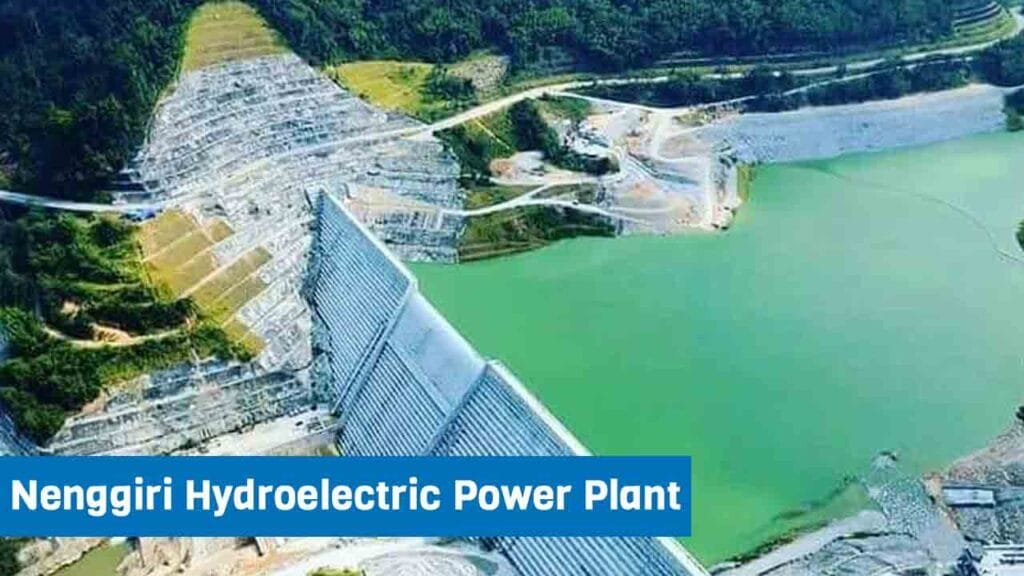
The Nenggiri Hydroelectric Plant is a huge engineering project. It’s expected to start working by mid-2026. It will cover the peak load and help with floods.
The dam will create 2,000 jobs and boost tourism and agriculture. It’s a big step towards energy independence.
This project is part of Malaysia’s plan to use more renewable energy. It will cost $1,201 million. The Nenggiri Hydroelectric Power Plant is crucial for a stable power supply.
These projects will shape Malaysia’s economy!
10. Petronas Pengerang Integrated Complex (PIC)

The Petronas Pengerang Integrated Complex is a huge oil and gas project. It’s in Johor and will make Malaysia a key player in the energy world. It has advanced facilities for refining and petrochemicals.
Vision 2030: Malaysia’s Growth Agenda
Vision 2030 is Malaysia’s plan for the future. It focuses on social progress, economic diversification, and technology. Malaysia’s Mega projects are key to achieving these goals.
Conclusion
Malaysia’s mega-projects show its vision and ambition. They will improve life for millions and boost the economy. By 2030, these projects will bring prosperity to the country.

